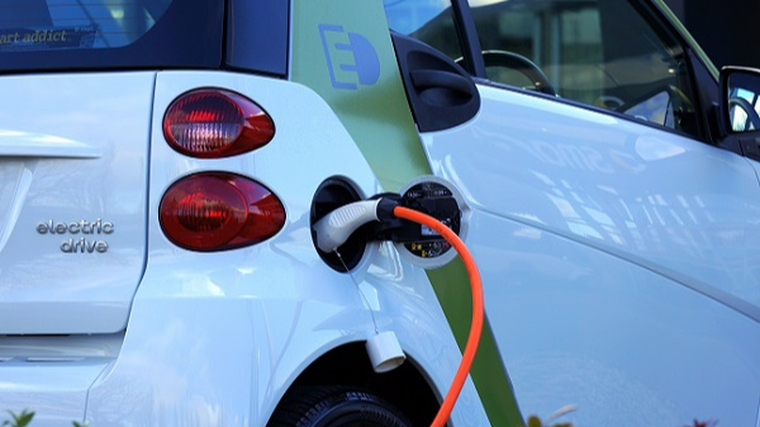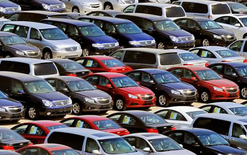Car industry tackles emissions

A voluntary standard to reduce carbon dioxide (CO2) emissions is setting a benchmark for the future improvement of the fleet, according to a lead organisation across the Tasman.
The Federal Chamber of Automotive Industries (FCAI) says data shows the new-car sector is making progress towards its targets for 2030.
It follows the industry in Australia setting two goals for 2020 based on annual sales. One is for MA category vehicles – passenger cars and light SUVs. The other is for the MC+NA category, which covers heavy SUVs and light commercials.
The MA outcome was 150 grams of CO2 for every kilometre travelled and 218gCO2/km for MC+NA.
The results stack up against a target of 154gCO2/km for MA and 197gCO2/km for MC+NA.
In the period ahead to 2030, the industry is targeting annual reductions of four per cent for the MA class and three per cent for MC+NA.
It is estimated MA vehicles will, on average, have CO2 emissions of less than 100gCO2/km and MC+NA vehicles will come in under 145gCO2/km in nine years’ time.
The data released on March 25 provides an overall result for the passenger, SUV and light-commercial segments of the Australian market, while the performances of individual marques will be released in early April.
Tony Weber, the FCAI’s chief executive, says the first report is a significant step for the automotive sector in tracking its rate of supporting emissions reduction.
“The global automotive industry is focusing research and development programmes on the challenging task of improving CO2 outcomes. New low-emissions vehicles [LEVs] are regularly brought to market to meet increasing consumer demand across the world.
“The introduction of these LEVs is also driven by challenging emissions targets introduced in many countries.
“These targets play a major role in shaping purchasing behaviour and attracting the most advanced products onto the market.
“Car makers will prioritise vehicles for markets where there is demand driven by a clear direction and commitment to emissions reduction.”
Weber stresses “clear and consistent direction” from governments is also a critical signal to marques, which will respond by supplying the latest, safest and most fuel-efficient models to customers.
Lobbying government
To support the emissions-reduction challenge, the FCAI is now lobbying the federal government to adopt its voluntary standard as a part of the ambition to reduce emissions across the transport sector.
Commenting on the specific results, Weber says the industry now has an idea of where it sits and what the pathway to achieving the 2030 targets are.
“It will be a long, challenging road. Each of the companies supplying vehicles into the Australian market will move ahead in ways that meet their own specific product development and launch programmes.
“The sector [has so far] performed slightly ahead of expectations in the passenger car and light SUV segment. However, it was behind the voluntary target set for heavy SUVs and light commercials.
“There is no doubting the commitment and direction of FCAI members to lowering emissions with the increasing availability and acceptance of zero and low-emissions vehicles – from full electric through to hybrid and fuel-efficient internal combustion engines.”
Main challenges
Weber notes there are at least three major challenges ahead.
First, the CO2 results for 2020 reflect the type of vehicles Australians are choosing to drive, with sales of SUVs and light commercials regularly now more than 50 per cent of new-vehicle registrations every month.
While the fuel efficiency of these larger vehicles is improving with each new model release, the market’s nature and consumer preferences need to be considered when comparing Australia’s emissions results with other jurisdictions.
“Secondly, the model development cycle can range from five to 10 years depending on the type of vehicle, so the emissions reduction will continue to improve as the latest technologies arrive on our shores,” adds Weber.
“Any expectation that emissions will decline rapidly over one or two years is unrealistic. We are at the very start of this journey and the industry will push hard on the rate of CO2 reduction.
“Finally, Australia’s fuel is among the lowest quality in the world. We urge the federal government to accelerate the improvement of fuel-quality standards for Australia’s market fuels.
“This will enable the introduction of more of the fuel-efficient vehicle technologies already on roads overseas.”





